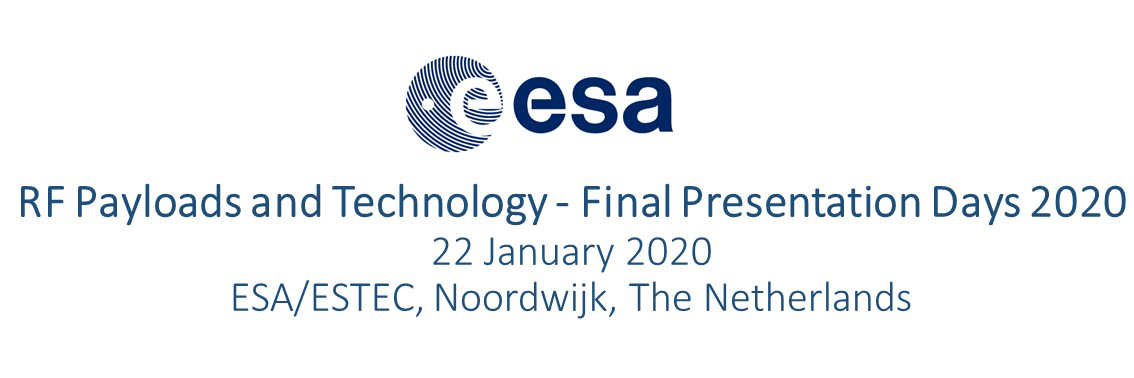Speaker
Description
We present the results achieved in the LASTKID (Full name: Large area staring kinetic inductance focal plane arrays operating at elevated temperature) project. The project concentrated on developing passive, (sub-)millimeter wave imaging technology based on kinetic inductance bolometers (KIBs). The space applications in this frequency range include radio astronomy, planetary science and remote sensing. For example, the spectrum of cosmic background radiation (CMB) peaks at this frequency band. An interesting property of (sub-)millimeter waves is that it can penetrate through dielectric materials while still possessing an acceptable spatial resolution as limited by diffraction. This is utilized in person security screening, a terrestrial application that in recent years has started to fulfill its commercial potential.
The basic operating principle of KIB is to absorb THz radiation on a nanomembrane with a resistive absorber, for example, and to detect corresponding temperature variations using the temperature dependence of kinetic inductance in superconducting strip. This leads to a detector technology that can be scaled into large detector arrays as the multiplexed readout of such detector arrays becomes possible by addressing each detector with a characteristic resonant frequency. Furthermore, unlike their millikelvin counterparts, kinetic inductance detectors, KIBs can be operated at an elevated temperature range above 5 K.
To understand the capacity of the technology in space applications and derived ground applications, a feasibility study was first conducted on the subject. In the later stage, a fully-staring THz video camera prototype compatible with ground application specifications was constructed. The camera is equipped with a kilo-pixel detector array, large field-of-view optics, intermediate-scale cryogenics operating at 6 K, and low-noise electronics to read out the whole detector array. Finally, the imaging capabilities of the system were demonstrated through measurements, including radiometric performance characterization and actual imaging experiments.
| ESA Technical Officer | Elena Saenz |
|---|

